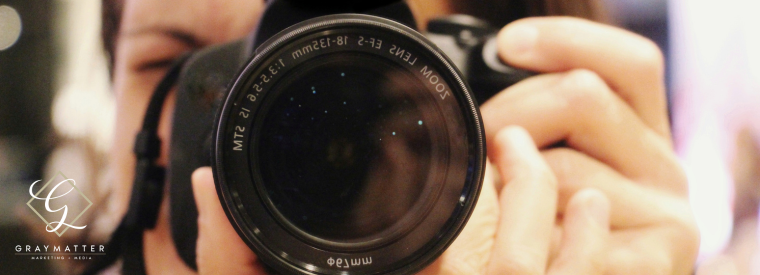As an aspiring entrepreneur, mastering various skills is crucial for steering your business toward success. Among these skills, proficiency in photography stands out as particularly valuable in today’s visually-driven market. Whether you’re creating promotional materials, advertising campaigns, or showcasing products on your website, the ability to capture professional-quality photos can set you apart from the competition. Moreover, understanding photography basics not only empowers you to produce compelling visual content but also enables you to cut costs by reducing reliance on professional photographers. In this guide, we’ll explore essential techniques and principles to help you take photos like a seasoned photographer.
Mastering Your Camera Basics
Before delving into advanced photography techniques, it’s essential to familiarize yourself with the fundamental settings of your camera. These settings—ISO, aperture, and shutter speed—form the building blocks of photography, allowing you to control exposure, depth of field, and motion blur in your images.
ISO
ISO measures the sensitivity of your camera’s image sensor to light. A lower ISO value, such as ISO 100, is suitable for well-lit environments, producing images with minimal noise. Conversely, higher ISO settings, such as ISO 800 or 1600, are necessary for low-light conditions but may introduce graininess or digital noise to your photos. Understanding ISO enables you to adjust your camera’s sensitivity according to the available light, ensuring properly exposed images in various lighting scenarios.
Aperture
Aperture refers to the size of the opening in the lens through which light enters the camera. It influences both exposure and depth of field, determining how much of your image is in focus. A wider aperture (represented by lower f-stop values) results in a shallower depth of field, ideal for isolating subjects from the background in portrait photography. In contrast, a narrower aperture (higher f-stop values) increases the depth of field, keeping more of the scene in focus, which is beneficial for landscape photography. Mastering aperture settings allows you to control focus and create visually impactful compositions.
Shutter Speed
Shutter speed dictates the amount of time the camera’s shutter remains open, determining the duration of exposure. Fast shutter speeds freeze motion, making them suitable for capturing fast-paced action or sports photography. On the other hand, slower shutter speeds create motion blur, conveying a sense of movement and fluidity in your images. Understanding shutter speed empowers you to convey motion creatively or capture decisive moments with precision.
Composition Techniques for Impactful Photos
In addition to mastering camera settings, understanding composition principles is essential for creating visually striking photographs. Here are some techniques to enhance your compositions:
The Rule of Thirds
The Rule of Thirds is a fundamental guideline for composing balanced and visually appealing images. Imagine dividing your frame into a grid with two equally spaced horizontal and vertical lines, resulting in nine equally sized sections. According to this rule, key elements of your composition should align with these gridlines or their intersections. Placing your subject off-centre adds visual interest and draws the viewer’s eye into the image, resulting in more dynamic and engaging photos.
Portrait vs. Landscape Orientation
When framing your shots, consider the orientation of your camera—portrait (vertical) or landscape (horizontal). Portrait orientation is well-suited for capturing vertical subjects or emphasizing height, making it ideal for portraits or full-body shots. Conversely, landscape orientation is often used to showcase expansive landscapes, panoramic vistas, or horizontally oriented subjects. Selecting the appropriate orientation ensures that your composition complements the subject matter and maximizes visual impact.
Experimentation and Practice
Ultimately, mastering photography requires practice, experimentation, and a willingness to learn from both successes and failures. Don’t be afraid to explore different techniques, experiment with camera settings, and push the boundaries of your creativity. With each photo you take, strive to improve your skills and refine your artistic vision. Over time, you’ll develop your unique style and perspective as a photographer, allowing you to capture moments with clarity, emotion, and artistic expression.
Learning to take photos like a photographer is a valuable skill for entrepreneurs looking to enhance their visual branding and marketing efforts. By mastering camera basics, such as ISO, aperture, and shutter speed, and incorporating composition techniques like the Rule of Thirds and careful orientation selection, you can elevate the quality of your photographs and captivate your audience. For comprehensive support in all your marketing needs, including professional photography services, contact us at Graymatter. Our team of experts is ready to help you create stunning visual content that sets your business apart from the competition.
